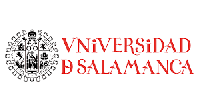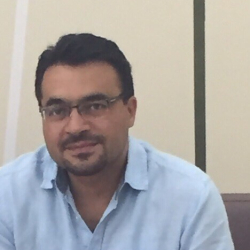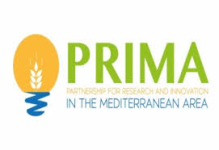ABOUT US
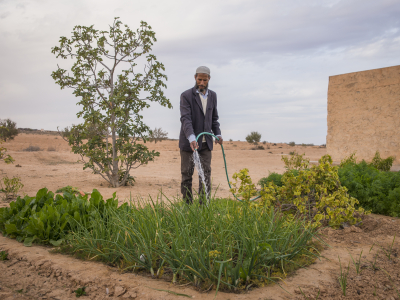
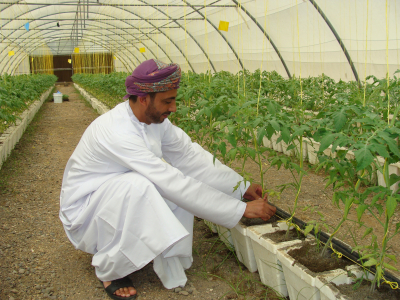
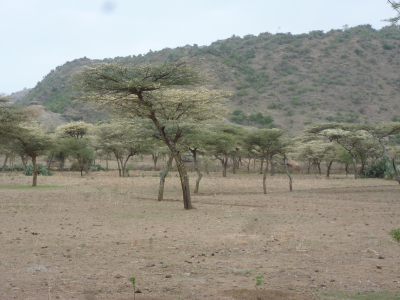

The objective of TALANOA-WATER is to inform and catalyze the adoption of robust transformational adaptation strategies to water scarcity under climate change that contribute to the Integrated Water Resources Management (IWRM) targets of social equity, economic efficiency and environmental sustainability. To this end, TALANOA-WATER will develop a groundbreaking ecosystem of innovation that combines an inclusive and transparent stakeholder engagement method, the Talanoa Dialogue, with an actionable modeling framework inspired in interdisciplinary socio-hydrology science, so to design, realize and demonstrate performance of transformational adaptation strategies at various scales (from plot to basin, from user to economic sector). Specifically, TALANOA-WATER will explore transformational adaptation strategies that combine complementary and mutually reinforcing (1) nature-based solutions (e.g. natural water retention), (2) technological innovation and climate services (e.g. non-traditional water sources, irrigation services advising the timing and intensity of irrigation and optimal protection of crops against extreme climate events), (3) risk management and financing instruments (e.g. payment for ecosystem services, insurance) and (4) economic and behavioral incentives (e.g. water charges, water markets). The flexibility and replicability of TALANOA-WATER ecosystem of innovation is an asset that facilitates its wide application across different areas, and will be illustrated in six water scarce pilot water laboratories in the Mediterranean Basin: the lower Nile River Basin (RB) in Egypt, the Po RB in Italy, the Hérault Department in France, the Upper Litani Catchment in Lebanon, the Cega Catchment in Spain and the Jeffara Catchment in Tunisia.
